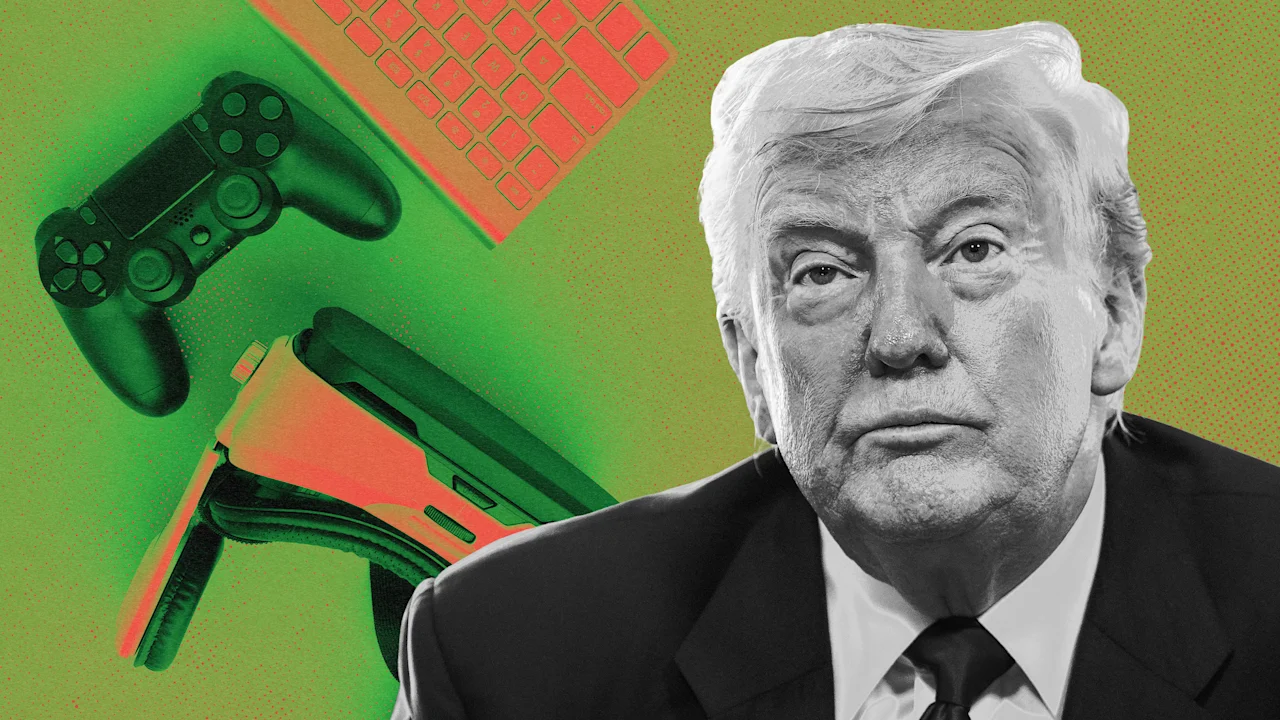How Trump’s trade war impacts the tech sector

The Trump administration has announced sweeping tariffs—ranging from 10% to 41%—on goods from nearly 70 countries, set to take effect for most on August 7. Many technology products, including semiconductors, electronics, and AI-related hardware, are among the items affected.
Global trade is no longer dominated by a single superpower, as influence is increasingly distributed across several key regions. “These tariffs are forcing countries to rewire their trade, capital, and strategic priorities,” says Nigel Green, CEO of deVere Group, an independent financial advisory and asset management organization. “The world is moving toward multiple centers of economic power and influence.”
So how will Trump’s trade war impact the tech sector?
1. Semiconductors
Two of the trade partners targeted by Trump’s tariffs—Taiwan and the EU—could significantly impact semiconductor prices while the U.S. works to fully onshore AI chip production. The EU faces a 15% tariff on items including pharmaceuticals, cars, and semiconductors. Taiwan, which produces over 90% of the world’s high-tech chips, is hit with a 20% rate. These increases are expected to drive up already-high prices for GPUs and other chips.
China, notably, is absent from the most recent high-tariff list due to ongoing negotiations. However, its preexisting 30% tariff, in place since mid-May, remains. This poses a problem since China controls about 95% of the global supply of key minerals like gallium and germanium—both vital to semiconductor manufacturing.
2. Smartphones
China is a major supplier of smartphones to the U.S., including many of Apple’s iPhone factories. But months of uncertainty due to the ongoing trade conflict have prompted manufacturers to shift supply chains away from China.
India has recently emerged as a leading smartphone supplier to the U.S., overtaking China just last week. It now accounts for around 44% of U.S. smartphone imports, up from just 13% a year earlier. However, that momentum faces a setback as Trump has imposed a 25% tariff on India.
Vietnam, another key player—especially for Samsung smartphone production—is also affected, now facing a 20% tariff under the new rules.
3. Laptops and tablets
Large volumes of tech hardware, including laptops and tablets, will be affected by the new tariffs. Earlier this year, the Consumer Technology Association warned that such tariffs could reduce purchases in this category by up to 68%. While that projection was based on tariff rates exceeding 100%, even smaller increases are likely to dampen demand by raising consumer prices.
PC manufacturers typically source from China, Vietnam, or Mexico. Mexico has received a 90-day extension to negotiate a deal—an outcome that could prove pivotal for the sector.
4. Games consoles
About 86% of U.S. video game consoles are imported from China, making the industry highly vulnerable to any fallout from U.S.-China trade negotiations. Vietnam, another major hub, is now subject to a 20% tariff, which could further inflate console prices.
Nintendo and Sony also import some console components from Japan, but with Japan facing a relatively lower 15% tariff, the impact there may be somewhat less severe.
What's Your Reaction?
 Like
0
Like
0
 Dislike
0
Dislike
0
 Love
0
Love
0
 Funny
0
Funny
0
 Angry
0
Angry
0
 Sad
0
Sad
0
 Wow
0
Wow
0






























































































